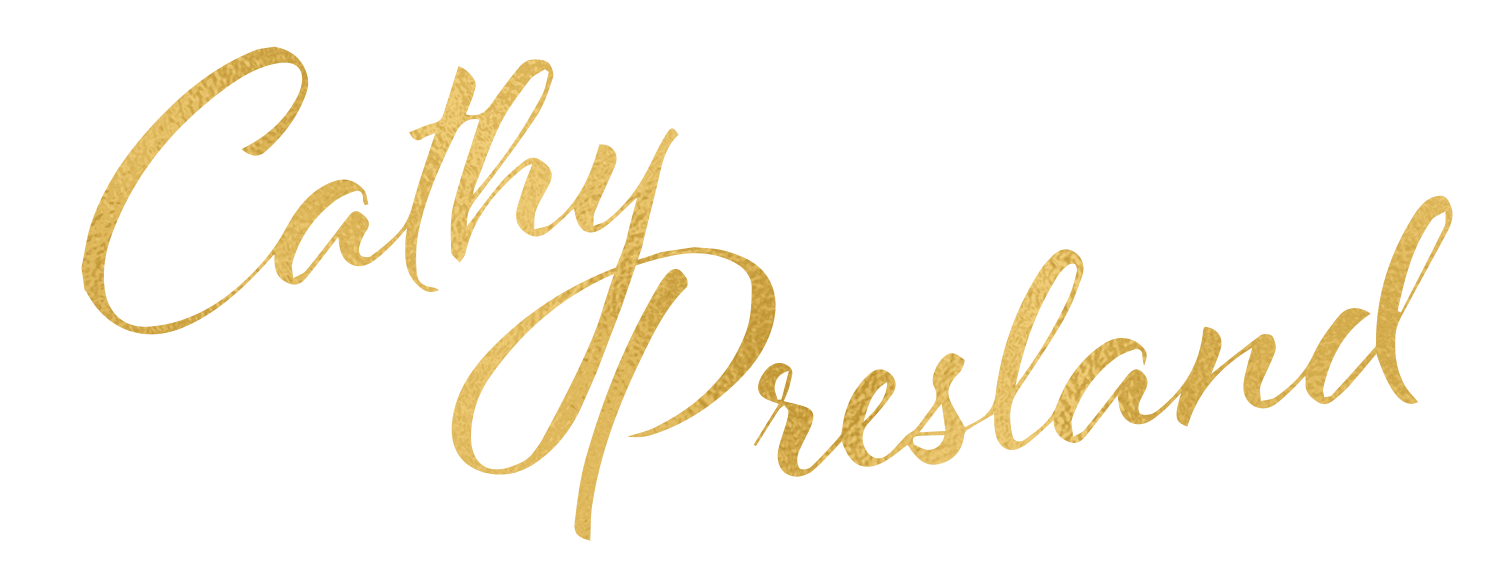The Ultimate Answer to Every ‘how to’ Question
What’s the Question?
I was talking to Harry this week and he started the call with a quick question about the software we use to communicate between sessions.
I didn’t know the answer, but I told him they had a fantastic support team.
Oh, great, I’ll email them as soon as we finish.
He then started to talk about his ‘real’ problem — replying to a complex client challenge — the thing he’d been procrastinating on for almost two weeks.
I’ve drafted an email, but I haven’t sent it yet. Can I read it to you and get your thoughts?
he asked.
Why do you think you haven’t replied yet?
I wanted to know.
He started to talk about how he wanted to draft an email that would result in a certain outcome — something that looked better to him than another outcome.
Also, I tend to avoid things I don’t know the answer to,
he added.
What’s the difference between this situation and what you just asked me about the software?
I asked.
He paused, and then laughed.
Yeah, I have more thinking about one than the other.
And There’s Your Answer!
All that’s ever true, no matter how complex or challenging the actual situation, is that we’re responding to what we think about the situation, rather than what is.
When something appears simple, the next step is obvious, and we take rapid action. And, if we don’t know, then we do what Harry did — we ask. (or we google!)
We don’t stop to ‘think’, and we don’t ‘procrastinate’. Of course, there are ‘how to’ questions to answer, but they’re action steps, not roadblocks.
When thought creates something as ‘complex’, or requiring a fixed outcome to be ‘right’ or ‘better’, then we become stuck.
We want to know how to get beyond where we are, but the problem isn’t the lack of an answer to our ‘how to’ question.
The problem is that we’re stuck in believing our own thinking.
Which wouldn’t be a problem — other than we feel muddled and then we tend to not take action. If we could take action regardless of feeling muddled, we’d be fine.
Where to Focus for a Solution
As Harry and I talked, the conversation moved away from the content of his email or the nature of his thinking about the situation, and towards the nature of thought and how sometimes it’s harder to see through than others.
Our reaction to what we’re thinking can show up in various ways:
Sometimes we might want to avoid something that looks tricky; to take our focus off it. Sometimes we get stuck in ‘figuring it out’ and sometimes we put our focus onto simple tasks as a kind of ‘avoidance’ tactic. What we’re avoiding is the icky feeling that comes with being stuck in thought, not the actual challenge we need to solve; we humans are very good at solving highly complex problems when we need to!
Sometimes we don’t know what to do, or it isn’t obvious how to respond to something. Again, if we’re OK with this, we can sit with the ‘I don’t know’ until ‘I know’ shows up. It’s only when we don’t like not knowing that we avoid, distract, or ruminate.
Sometimes we don’t like the nature of the thinking that’s showing up. Maybe it raises something uncomfortable like ‘this seems like a criticism, did I do something wrong here and how can I get back into a good feeling’ and so we avoid or push it away or look for the answer that will solve the feeling, not the situation.
And, sometimes, we have some attachment to a certain outcome (as was the case with Harry), and we search for the way forward that gets us to that outcome. Which is impossible, of course, because we’re trying to control things outside our control. All we can do is play our part and leave the rest to play out as it will. We can’t think our way to a better crystal ball.
In all those scenarios, our focus is on trying to solve thought, or trying to solve the feeling that thought leaves us with.
What to Listen For
Rather than noticing the feeling, and using it as a signal that we’re trapped in our thinking, not in reality. When we’re trapped here, it can look as if ‘how to’ is the question that needs to be answered, but, it really isn’t.
In Harry’s case it was fun to be able to contrast his ‘challenging’ problem with the quick way he’d dispatched the enquiry about the software. It isn’t that one is literally less challenging than the other; it the form that thought is taking in our consciousness.
As Harry and I talked, he saw more clearly where he was stuck.
As soon as Harry was able to get enough perspective to see what was happening, he laughed.
Oh sure, I can see that if I focus on what’s best for her (his client), and take me out of it, I’ll know what to write.
It was clear he already knew what to say as soon as we pointed at what was relevant to look at.
Just as Harry knew to ask me about the software and then to ask the support desk when I didn’t know the answer, there was nothing in the way of him knowing the next step, and there was nothing in the way of him taking it.
The nature of finding our way through ‘how to’ problems isn’t about seeking answers; it’s about seeking understanding. An understanding of how our minds work and how we create our problems in the first place.
‘How to’ becomes an irrelevance when you know where to look.
With love,
Cathy

